TFT Display vs LCD: Which One is Better
Both displays use liquid crystals to form the image in the screen
4 min. read
Published on
Read our disclosure page to find out how can you help Windows Report sustain the editorial team. Read more

TFT and LCD are display technologies that you find in many electronic devices. TFT is the short form for Thin Film Transistor, while LCD stands for Liquid Crystal Display. TFT and LCD displays are similar in using liquid crystals to show images, but they have differences. Now we will look deeper into the distinctions between TFT and LCD displays.
TFT and LCD display definition and comparison
What is a TFT display?
As we’ve mentioned above, TFT means Thin Film Transistor, and it’s a type of active-matrix display technology. It utilizes a thin film transistor to control the brightness of every pixel on the screen.
This gives more power to manage the display, which provides improved contrast ratios, livelier colors and superior image quality when compared with passive-matrix LCD displays.
What is an LCD display?
An LCD display, also known as a Liquid Crystal Display, is a flat panel that shows images by utilizing liquid crystals. The display has a layer of these liquids in between two filters for polarizing.
The liquid crystals, they get aligned by an electric current and this lets light go through the filters to create a picture on display screen. They are often found in many types of devices such as televisions, computer monitors and mobile phones.
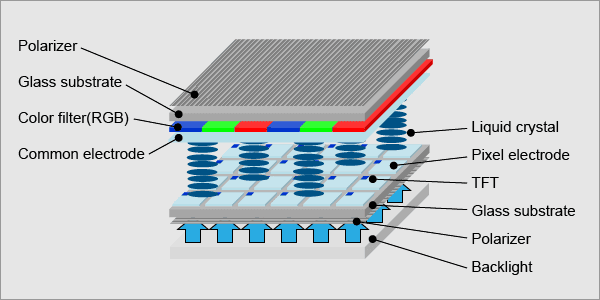
However, you should know that most of the LCD displays you see on TVs and monitors are actually TFT-LCD displays. That means the actual display build includes both the liquid crystals layer and the TFT wafer. The resulting screen has improved contrast. However, for the purpose of this guide, we will treat them separately.
Differences between TFT and LCD Displays
Image quality
The contrast ratio of TFT displays is much better, providing sharper and clearer images. Additionally, they have wider viewing angles and show colors more accurately. All these features make TFT displays superior to passive-matrix LCD ones in terms of image quality.
These screens also give improved viewing from different angles as well as showing colors in a more precise manner compared to passive-matrix LCD screens. TFT screens are also known as active matrix because it actively manages every pixel’s state on the screen to form an image.
The use this method allows for improvement like enhanced refresh rates that result into lesser flicker or ghosting effects seen while displaying pictures along with faster response time suitable particularly during gaming requirements- these improvements are absent from earlier versions such as those based upon passive matrix LCDs where only static content could be shown without any direct control over what pixels appeared on the display panel at any given moment.
A different kind of LCD known as passively driven uses electronic charge stored within tiny capacitors for controlling individual pixel states; however this design does not allow fast manipulation needed especially when dealing with larger screens having many more picture elements – hence why people prefer using thin film transistor technology instead
Power consumption
TFT displays need more power compared to LCD displays, it may result in devices such as smartphones and tablets having lesser battery life. TFT displays have a thin film transistor for adjusting the brightness of every pixel on the screen. This method needs more power compared to passive-matrix technology found in LCD displays.
Refresh rate
TFT screens are often said to have a faster refresh rate than LCD screens. This implies that the TFT can show pictures more rapidly and with better fluency. Therefore, TFT displays are perfect for gaming monitors or devices that need quick image processing.
Price
In simple terms, TFT displays usually cost more than LCD displays. This is why they are not so much used in low-cost things such as budget smartphones or computer monitors. LCD displays are more widely used and are generally less expensive than TFT displays.
Conclusion
To sum it up, TFT and LCD displays are the usual display technologies found in electronic devices. Even though both technologies use liquid crystals for showing images, TFT displays provide better image quality, quicker refreshing speed and more power consumption compared to LCD displays.
Still, TFT displays tend to be more costly than LCD displays. This attribute makes them less prevalent in low-priced gadgets. The decision for TFT or LCD displays is based on the device’s requirements and its purpose.
We also have a LED vs OLED vs Nanocell display comparison guide if you’re interested in other screen technologies.
If you’ve got more questions, hit the comments below and leave us a line.
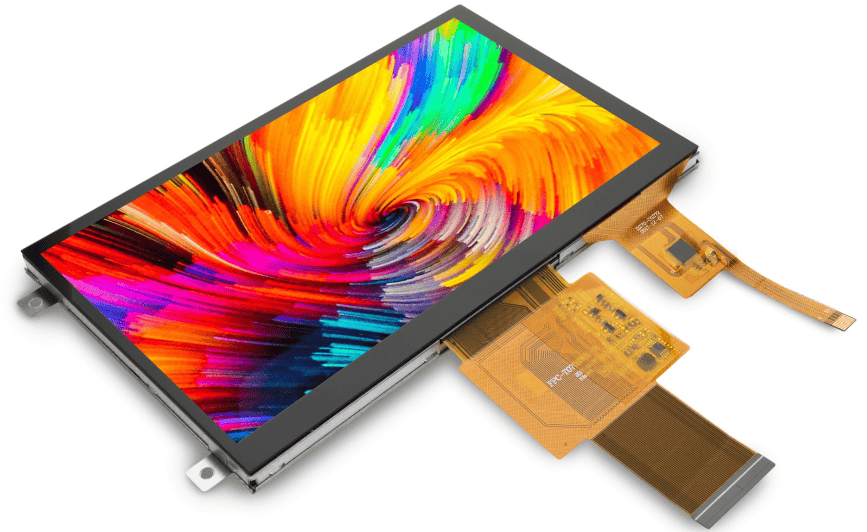
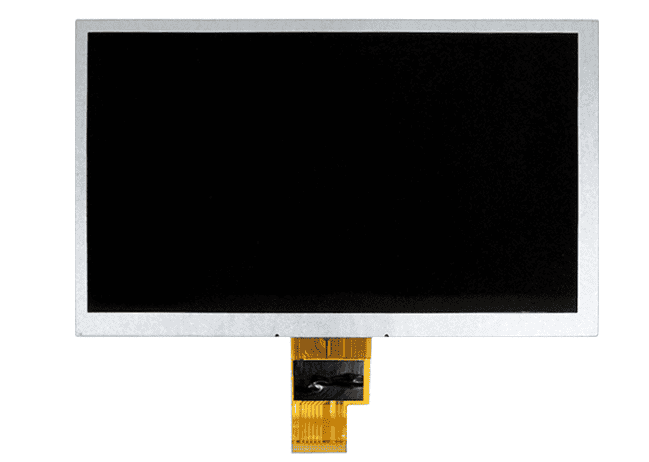
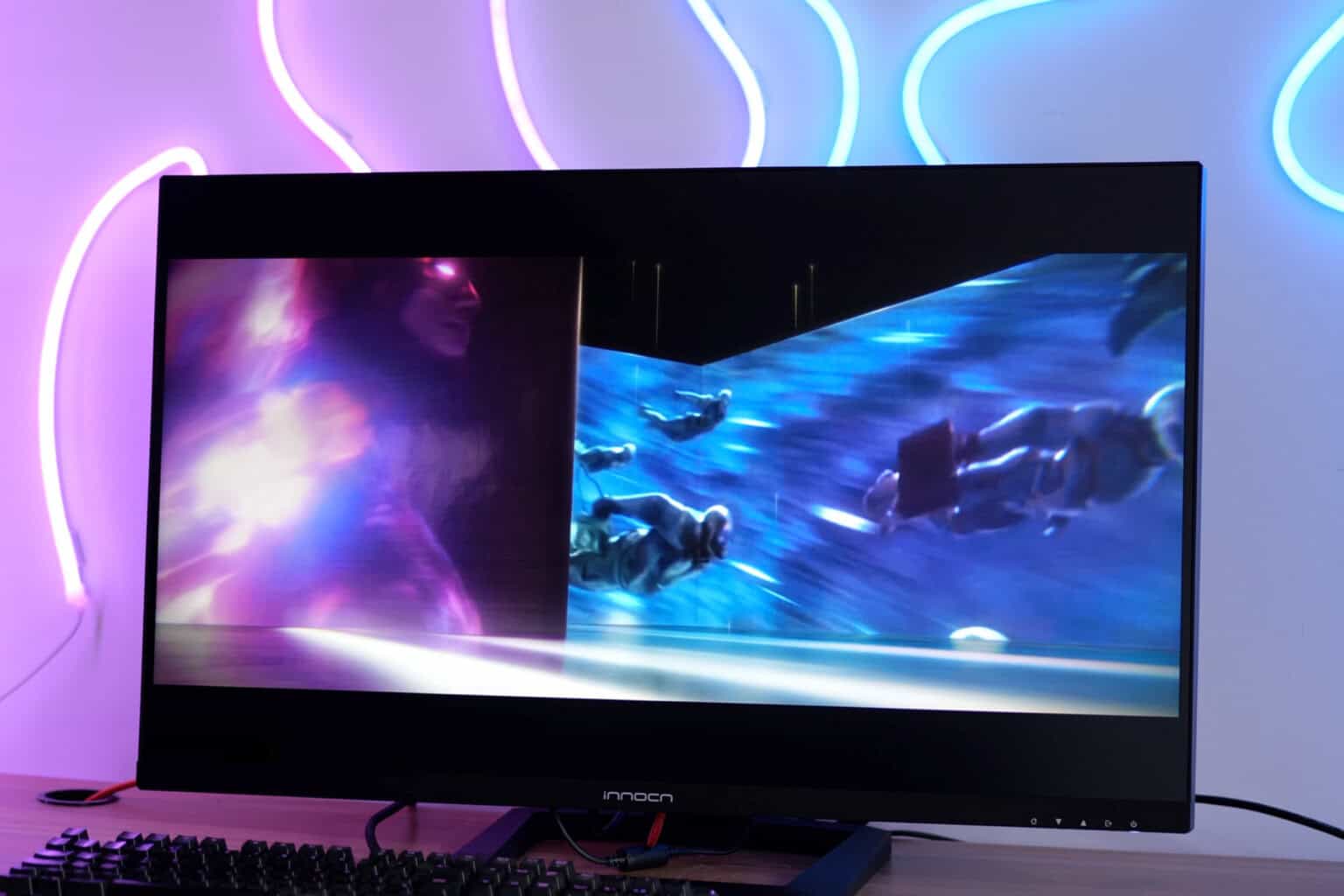
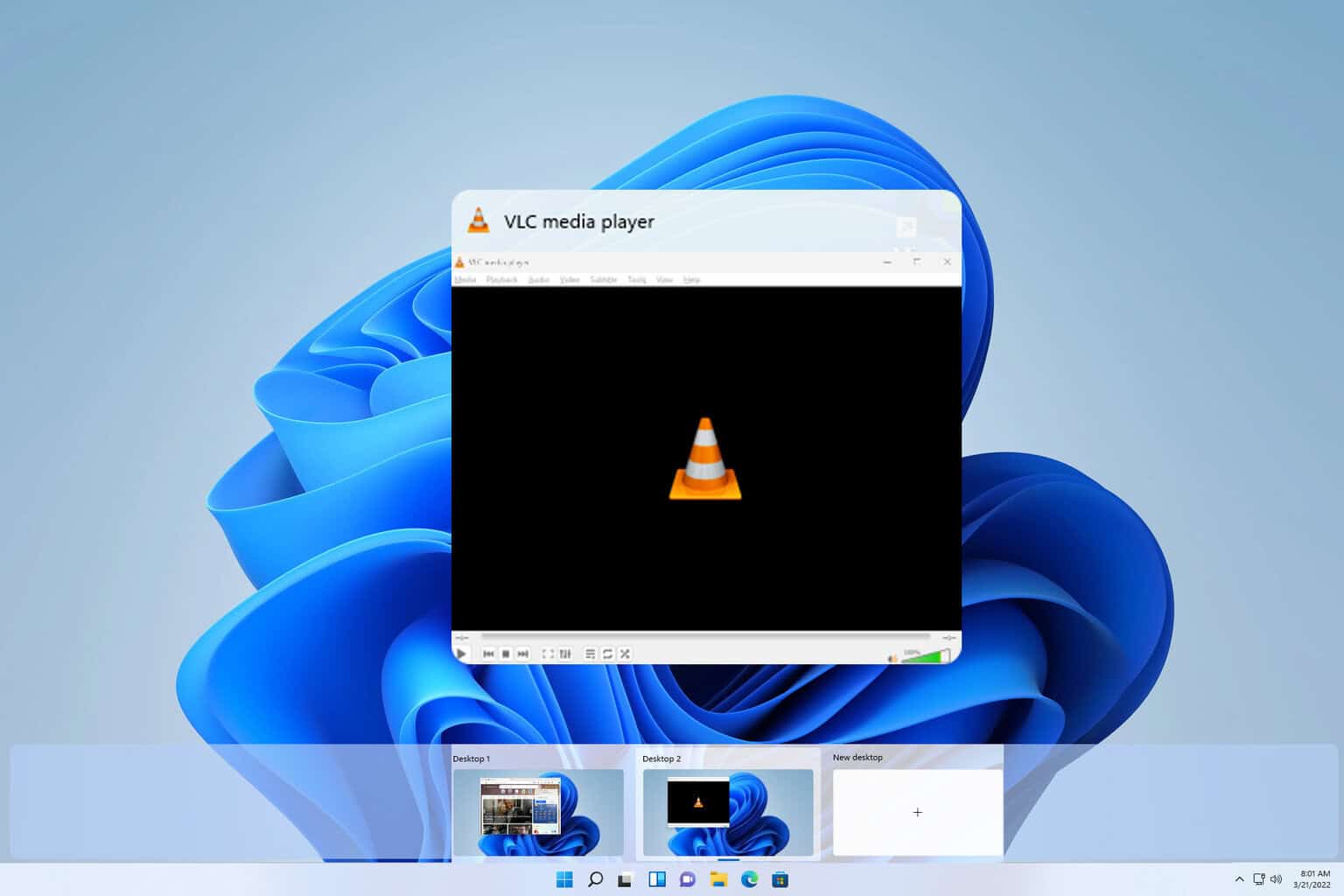

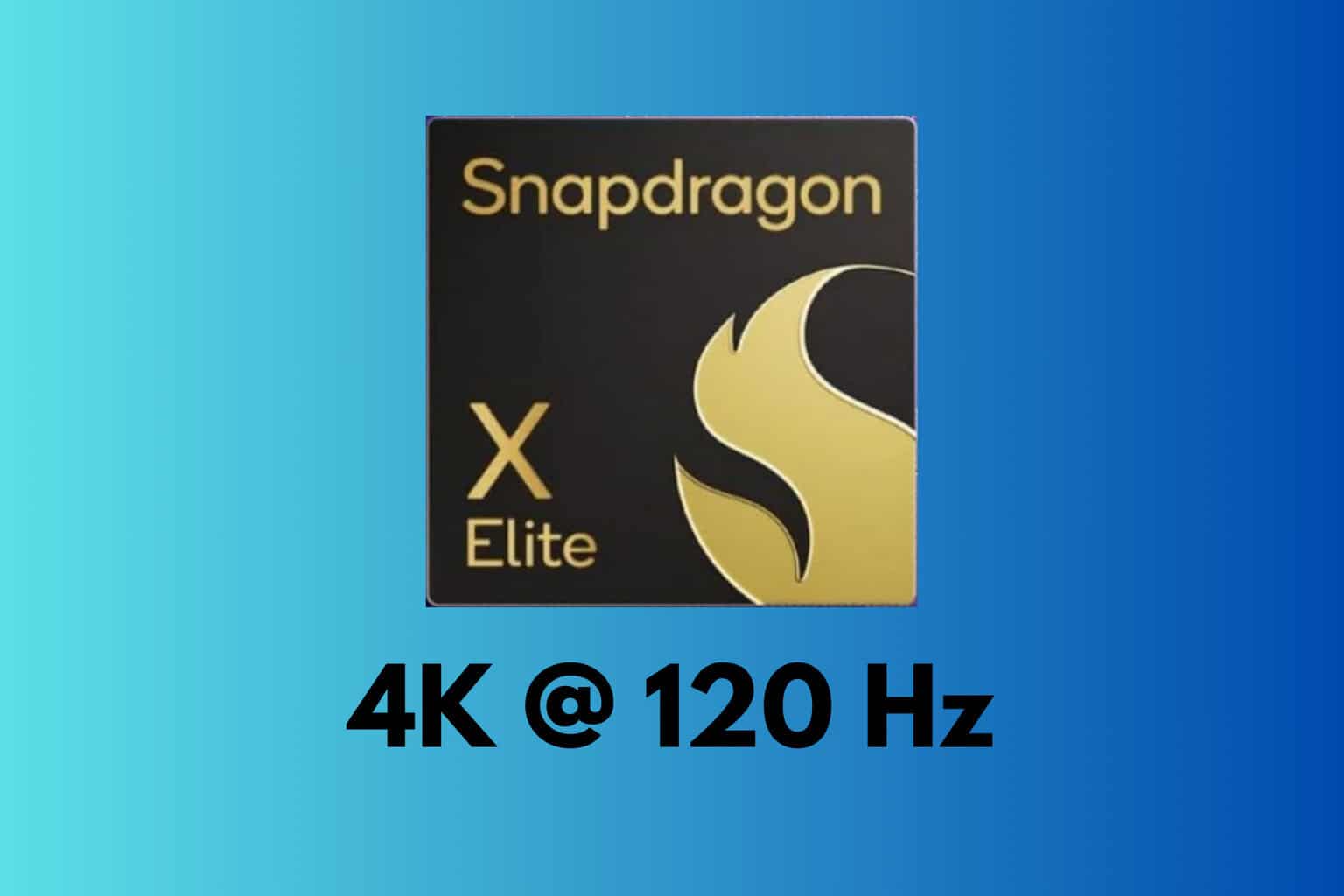
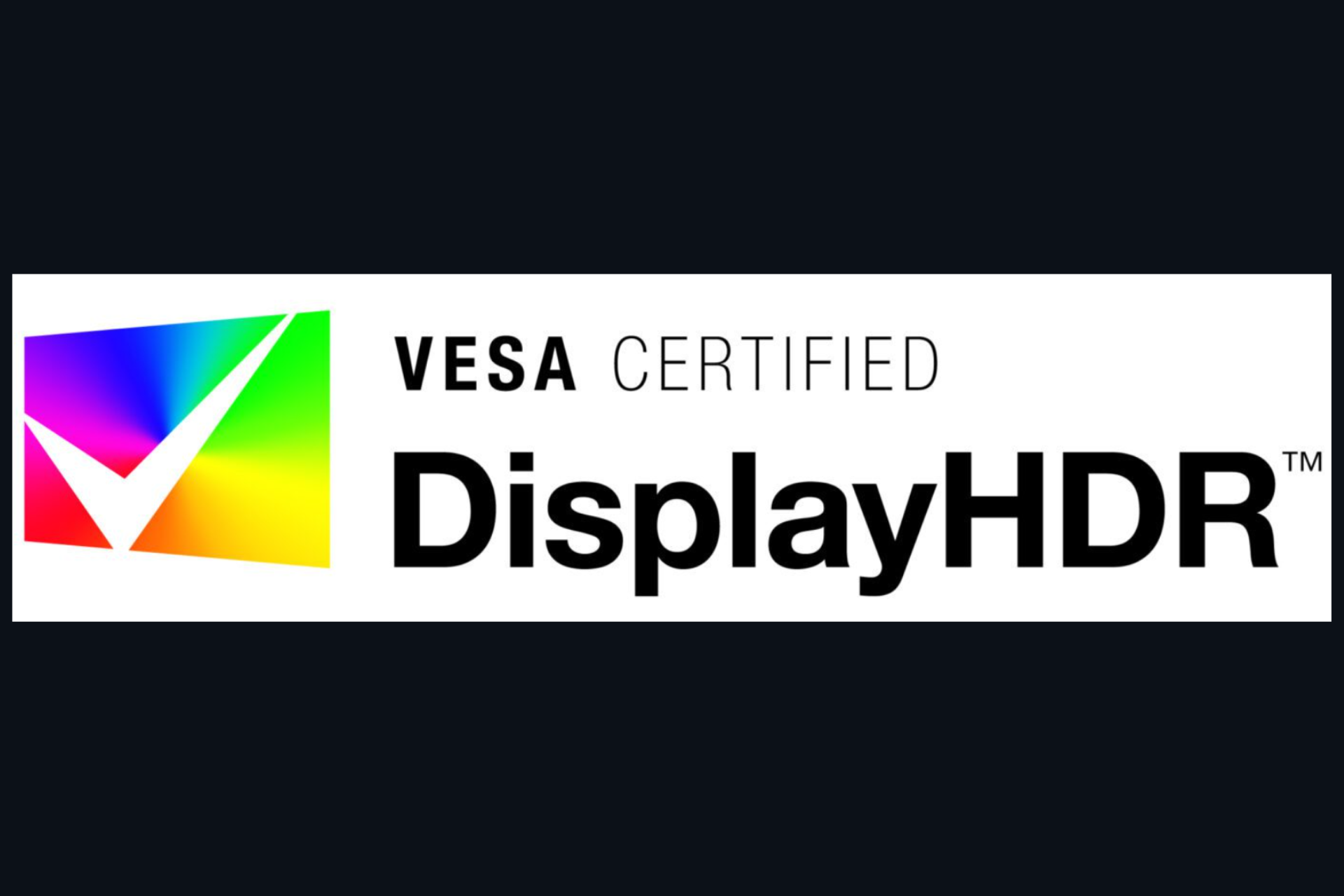

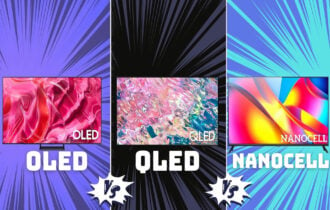
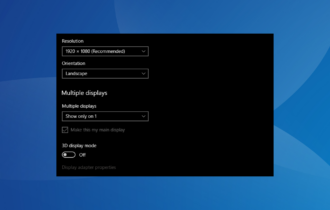
User forum
0 messages